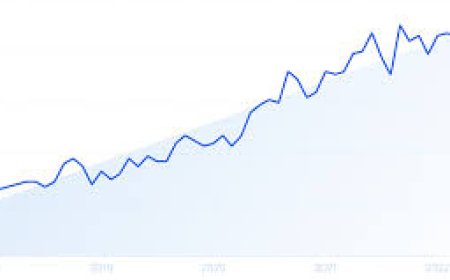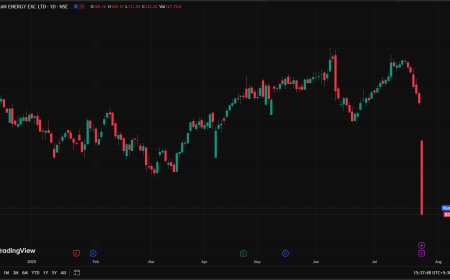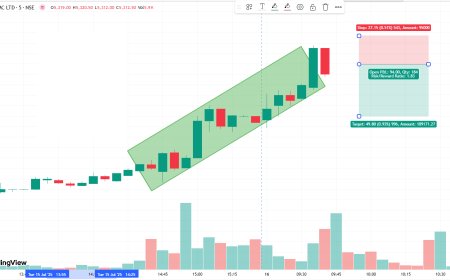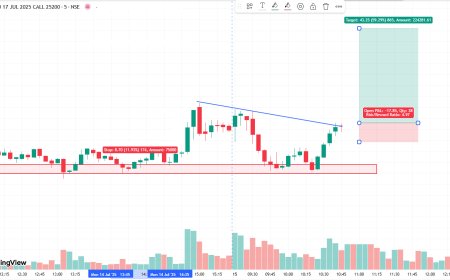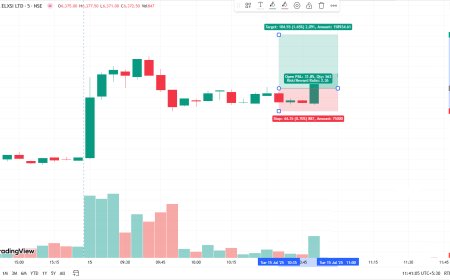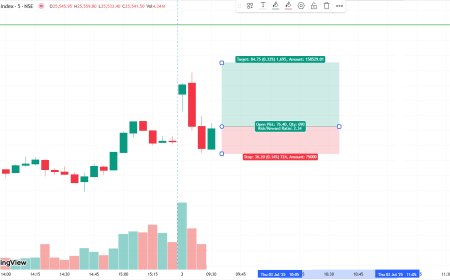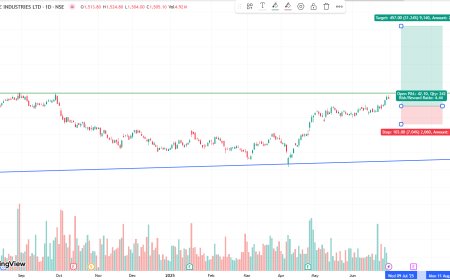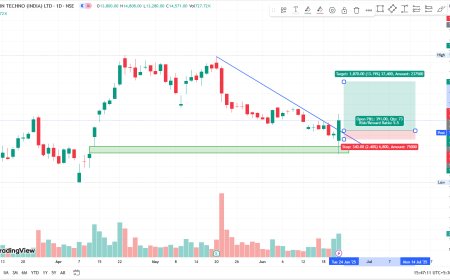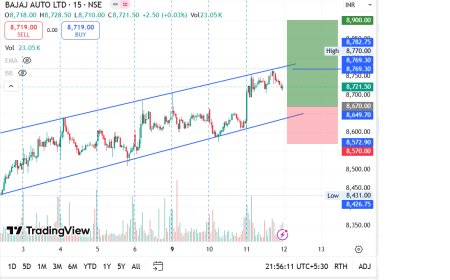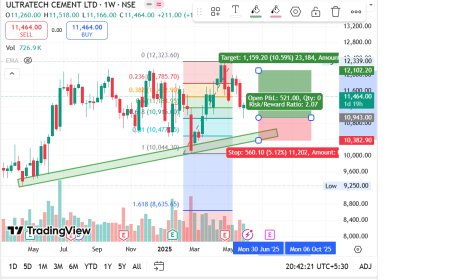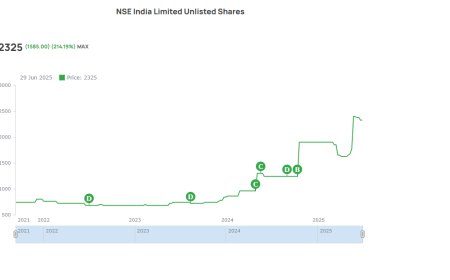US Dollar Index (DXY) 2025 Outlook: Fundamental & Technical Analysis
Explore the 2025 outlook for the US Dollar Index (DXY) through in-depth fundamental and technical analysis. Understand key drivers, market trends, and potential scenarios.

US Dollar Index (DXY) 2025 Outlook: Fundamental & Technical Analysis
The US Dollar Index (DXY), a measure of the US dollar's value against a basket of major currencies, has experienced significant volatility in recent times. As we progress through 2025, understanding the fundamental and technical factors influencing the DXY is crucial for investors, traders, and policymakers. This article delves into the key drivers shaping the DXY's trajectory and provides insights into potential future movements.(FXStreet)
Understanding the US Dollar Index (DXY)
The DXY tracks the US dollar's performance against six major currencies: the Euro (EUR), Japanese Yen (JPY), British Pound (GBP), Canadian Dollar (CAD), Swedish Krona (SEK), and Swiss Franc (CHF). The index serves as a benchmark for the dollar's international value and is widely used in financial markets to gauge currency strength.
Fundamental Analysis
Economic Growth and Monetary Policy
The US economy has shown resilience, with a projected growth rate of 2.7% in 2024, outpacing other developed markets. This robust growth is attributed to higher productivity, increased business investment, and a stable labor market. Such economic strength has led to expectations that the Federal Reserve may halt rate cuts sooner than anticipated, supporting the dollar's value.
Fiscal Policy and Debt Concerns
Recent fiscal policies, including President Trump's "One Big Beautiful Bill," have raised concerns about the sustainability of US public finances. The bill, which proposes tax breaks and increased spending, is expected to add $3.8 billion to the national deficit. Such fiscal expansion has led to apprehensions about the long-term health of the US economy and its impact on the dollar.
Global Trade Dynamics
The introduction of new tariffs and trade policies has disrupted traditional trade relationships, affecting the dollar's performance. While some measures aim to protect domestic industries, they have also led to retaliatory actions from trading partners, adding uncertainty to the dollar's outlook.
Technical Analysis
Current Trends
As of May 2025, the DXY has declined by approximately 10% since mid-January, reflecting investor concerns over fiscal policies and trade tensions. The index is trading around 99.60, approaching critical support levels.
Support and Resistance Levels
Technical indicators suggest that the DXY is in a broad trading range between 100 and 108. A break below the July 2023 low of 99.22 could signal a new bearish trend, while a move above 108.07 may indicate renewed strength.
Momentum Indicators
Momentum indicators, such as the Relative Strength Index (RSI), point to the DXY being in oversold territory, suggesting a potential short-term rebound. However, sustained upward movement would require positive shifts in fundamental factors.
Investor Sentiment and Market Positioning
Investor sentiment towards the dollar has turned bearish, with hedge funds holding $17 billion in short positions, a significant reversal from earlier in the year. This shift reflects growing skepticism about the dollar's prospects amid fiscal and trade uncertainties.
Potential Scenarios for the DXY in 2025
Bullish Scenario
-
Economic Outperformance: Continued strong US economic growth could attract foreign investment, bolstering the dollar.
-
Monetary Policy Divergence: If the Federal Reserve maintains higher interest rates relative to other central banks, the dollar may strengthen
Bearish Scenario
-
Fiscal Deterioration: Rising deficits and debt levels may erode confidence in the dollar.
-
Trade Conflicts: Escalating trade tensions could lead to reduced demand for the dollar as a reserve currency.
The US Dollar Index faces a complex interplay of fundamental and technical factors in 2025. While strong economic growth and potential monetary policy support offer bullish prospects, fiscal concerns and trade uncertainties pose significant risks. Investors should remain vigilant, monitoring economic indicators and geopolitical developments to navigate the evolving landscape of the currency markets.
Disclaimer: This article is for informational purposes only and does not constitute financial advice. Investors should conduct their own research or consult with a financial advisor before making investment decisions.
What's Your Reaction?
 Like
0
Like
0
 Dislike
0
Dislike
0
 Love
0
Love
0
 Funny
0
Funny
0
 Angry
0
Angry
0
 Sad
0
Sad
0
 Wow
0
Wow
0






























